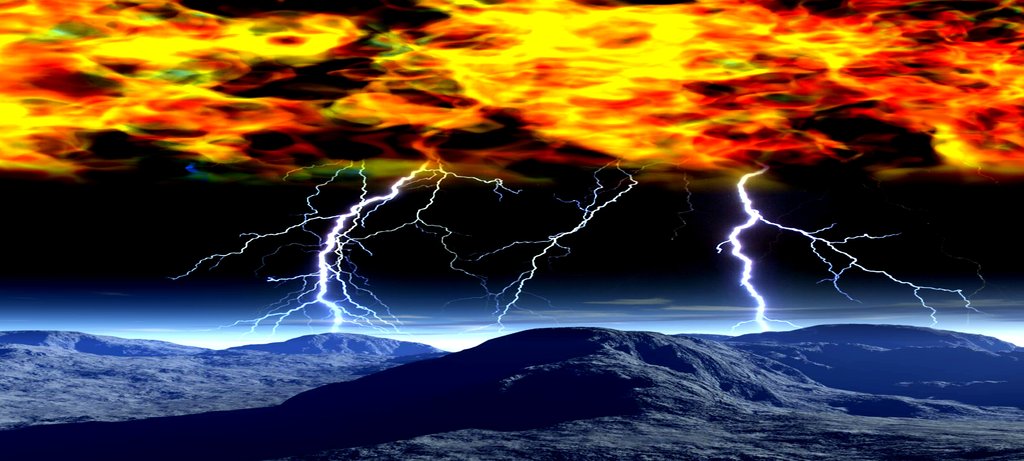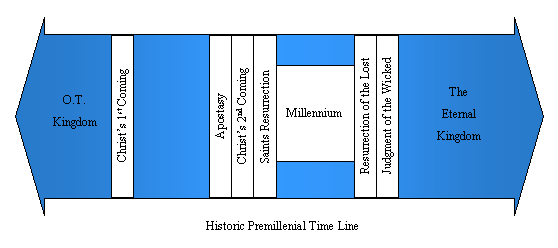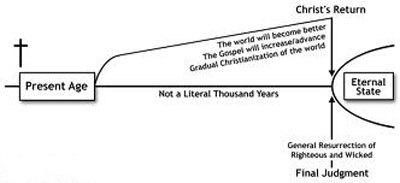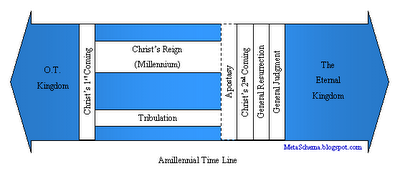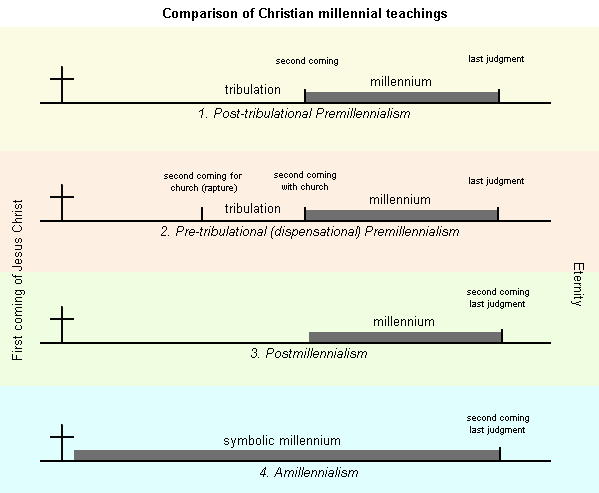This series of posts will address the term “Armageddon” from a Hebrew Bible perspective as it applies to Christian eschatology. This presentation was originally a research paper for an Old Testament seminary course under Dr Micheal Heiser who was very helpful and influential in my research. I am going to publish it here in a series of four posts. First, will be a summary and overview of the Old Testament use of the “Day of the Lord” terminology. This naturally leads to the term “Armageddon” because of the book of Revelation’s detailed exposition of the Day of the Lord. Solutions to the meaning of the cryptic term will be offered on the basis of plausible Hebrew transliterations as well as contextual and geographical coherence. Then the relationship to the cosmic mountain and Antichrist figure will be explored. Finally, the battle itself will be examined and a novel solution offered in light of the Ezekiel 38 and 39 descriptions of an end time war. This presentation will demonstrate that while the topic is enigmatic, the Hebrew background to the term Armageddon reveals a confrontation over the divine mountain and a more defined picture of the prophetic scenario.
DAY OF THE LORD
The Day of the Lord is a key theme found in the Old Testament prophetic books. It carries a context of future judgment and foreboding darkness. However, one should not read all of the passages into our future, as some have come and gone. The first appears in Amos and is speaking of the coming Assyrian invasion of the Northern Kingdom (Amos 5:18-20). Zephaniah uses the term to refer to the imminent Babylonian invasion of Judah (Zeph. 1:7, 14). Nevertheless, other passages do refer to a time of ultimate judgment upon the nations and indicate a much wider scope (Eze. 30:3; Joel 3:14; Oba. 15). Most germane to the task here are instances when the prophet seems to speak of an eschatological Day of the Lord (Mal 4:5; Joel 3:2). Even more, the New Testament authors Peter and Paul appropriated the term for the future return of Christ (2 Pet 3:10; 1 Cor. 1:8). Accordingly, we can connect the Day of the Lord to the tribulation and the battle of Armageddon.
The day is to be understood in a broad and a narrow sense.[1] The broad sense encompasses a span of time known in the Hebrew Bible as “the time of Jacob’s distress” (Jer. 30:7) and also in Daniel as “a time of trouble, such as never has been since there was a nation till that time” (Da 12:1). Jesus referred to it as the “great tribulation” (Matt. 24:21; Rev.7:14) just prior to his return. A time described by him in Matthew’s gospel (24:15-28) and in detail through John with the trumpet and bowl judgments found in the book of Revelation. Prior to Armageddon, a substantial part of the broad Day of the Lord’s judgments have occurred concurrent with the trumpets and bowls. Then armies of the nations will only begin to be gathered by the demonic hordes to Armageddon after the sixth bowl is poured out (Rev. 16:12–16). The Hebrew Bible supplies more detail.
Joel 3:9–16 and Zechariah 14:1–5 both indicate that after the armies of the nations have gathered in Israel, then a specific day will come, e.g. the “Day of the Lord is near” (Joel 3:14) and “a day is coming for the Lord” (Zech. 14:1). It is apparent that this narrow Day of the Lord will not take place until the armies have gathered in Israel by the miraculous sign working demonic pack (Rev 16:14). Thus, this special day will be within the broad Day of the Lord but utterly distinct. Both Joel 3 and Zechariah 14 indicate that their Day of the Lord will be the specific day when the Lord comes to fight against and destroy the armies gathered in Israel. Also, Jesus revealed to John that this will be when he returns to the earth (Rev. 19:11–21). Thus, the narrow Day of Joel 3 and Zechariah 14 will be the day on which Christ comes to the earth for the battle of Armageddon.
The prophecy of Zechariah 14 gives us specific details about this future day. At the end of the Tribulation, during the battle of Armageddon and after it, the following will occur. First, the nations of the earth will surround Jerusalem (v.2). Second, Jerusalem will be captured, plundered, and women raped (v.2b). Third, a remnant will flee via a valley created by an earthquake (v.5a). Fourth, Jesus will return to the Mount of Olives as was promised by the angel after the ascension (Acts 1:11; Zech. 14: 4). Fifth, he comes with an Angelic army to fight the nations (Zech. 14:5b). Revelation 19 parallels this section and indicates that “From his mouth comes a sharp sword with which to strike down the nations, “(Re 19:15a). Furthermore, the text describes a horrible plague cursed upon the combatants (Zech. 14:12). Finally, the Lord will be King and the whole world will worship him (v.16).
What is central to this presentation is that these events are unanimously purported to occur in Jerusalem near Mount Zion. According to Biblical scholar Charles Torrey, “In Hebrew eschatology Jerusalem was the center of all the predicted gatherings, whether of the people of God or of the heathen nations.”[2] The Hebrew Bible is unequivocal in its testimony. Joel 2:32 proclaims that “in Mount Zion and in Jerusalem there shall be those who escape…” Obadiah 21 describes the culmination with “Saviors shall go up to Mount Zion to rule Mount Esau, and the kingdom shall be the Lord’s.” Isaiah 24:23 declares “Then the moon will be confounded and the sun ashamed, for the Lord of hosts reigns on Mount Zion and in Jerusalem, and his glory will be before his elders.” With this prophetic unanimity, one wonders why Armageddon is typically located on the plain of Megiddo.
to be continued by part 2: Armageddon in Revelation 16:16
[1]Renald E Showers, Maranatha Our Lord, Come! (Bellmawr, New Jersey: The Friends of Israel Gospel Ministry, Inc., 1995),
[2] Charles C. Torrey, “Armageddon,” Harvard Theological Review 31, 3 (1938): 246.
